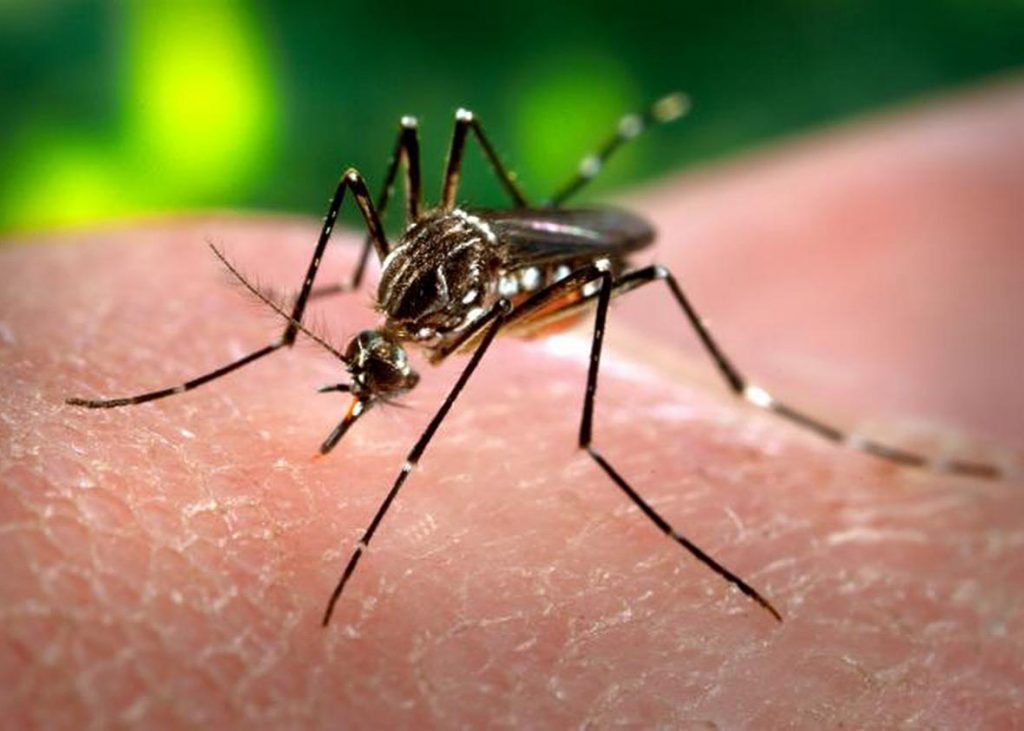With Malaysia’s hot and humid tropical climate, most people here are no stranger to dengue and have heard of it at least once. However, do you know the facts about the disease in detail? Now that the recent cases of dengue are increasing and it is ‘dengue season’ again, it is important to be able to spot the early symptoms of dengue.
Taking the proper preventative measures as well as knowing how to detect dengue early is vital for the health of you and your children. We have also interviewed a mother who shares her story on her struggle and experience with dengue when she herself and her family were all afflicted with dengue around the same time. Mothers are often the caretakers of the family, and thus it is important to have awareness of what to do when faced with risk of such a illness.
What is Dengue?
Dengue is an illness that causes high fever, severe headache, pain behind the eyes, muscle and joint pain, rashes and possible bleeding, according to the Ministry of Health of Malaysia. Dengue Fever has a more severe form which is Dengue Haemorrhagic Fever and Dengue Shock Syndrome.
Furthermore, dengue is mainly transmitted by mosquitoes and is the most widespread mosquito-borne viral disease in the world. It is commonly found in tropical and subtropical regions of the world, mostly in urban and semi-urban areas. This means Malaysia’s climate is well-suited for the spread of dengue.
The Transmission of Dengue
Dengue is transmitted to humans through the bites of infected female mosquitoes, according to the World Health Organisation (WHO). The primary mosquito vector is the Aedes aegypti mosquito whereas the Aedes albopictus mosquito is the secondary mosquito vector. The virus has an incubation period of 4-10 days, after which the infected mosquito is then capable of transmitting the virus for the rest of its life.
The Aedes aegypti mosquito is small with white markings. It has a ‘U’-shaped marking on its head and banded legs. The habitat of Ae. aegypti mosquitoes is in urban areas, and it mostly breeds in man-made containers. These containers include water storage containers, flower pots, discarded tires, pet water bowls, birdbaths etc. Ae. aegypti is a daytime feeder, and its peak biting periods are early morning and before dusk in the evening. During that time, it will bite multiple people.
Aedes albopictus, which is the secondary mosquito vector, is small and dark. It is also called the Asian tiger mosquito. There is a white stripe on its back and banded legs. Ae. albopictus is highly adaptive, and can even survive in cooler European regions. It is mostly found outdoors and prefers to lay eggs in natural containers like tree holes and plants.
The dengue virus is spread through a human-to-mosquito-to-human cycle of transmission. When a mosquito bites someone who is sick with dengue fever, that mosquito becomes infected and is now a carrier of the virus. Within 8-12 days of biting the infected person, the mosquito is then capable of spreading the dengue virus to others.
Life Cycle of an Aedes Mosquito
The Aedes mosquito has a complex life cycle with drastic changes in form and habitat. First, female mosquitoes lay their eggs in the inner walls of containers with water. When the water in the container increases and floods the eggs, the larvae hatch. In the next few days, the larvae will feed on microorganisms and shed its skin. After growing and shedding its skin three times, it will have acquired enough energy and size for the metamorphosis process.
During this process, it will change from a larva into a pupa. Pupae do not feed, they simply transform and emerge as an adult, flying mosquito. The newly formed adult breaks through the pupal skin and emerges from the water. This entire cycle lasts 8-10 days at room temperature, and consists of an aquatic phase (larvae, pupae) and a terrestrial phase (eggs, adults).
The eggs can withstand desiccation for several months, and are known to be resistant to subfreezing temperatures. This means that even if all larvae, pupae and adults are somehow eliminated, repopulation can occur as soon as the eggs in the containers are flooded with water, according to the Centers for Disease Control and Prevention of the United States.
The Signs and Symptoms of Dengue
According to the World Health Organisation, it takes four to ten days after being bitten by an infected mosquito to start experiencing symptoms. Dengue fever should be suspected when the patient experiences a sudden high fever (40°C) accompanied by two of the following symptoms: intense headache, pain behind the eyes, muscle and joint pain, loss of appetite, nausea, vomiting, abdominal pain, swollen glands, or rashes.
Complications can occur, and are associated with severe dengue. Severe dengue is caused by plasma leaking, fluid accumulation, respiratory distress, severe bleeding, or organ impairment.
Warning signs occur three to seven days after the first symptoms, and happen in conjunction with a sharp decrease in temperature (below 38°C) and other symptoms including severe abdominal pain, rapid breathing, persistent vomiting, bleeding gums, fatigue, restlessness and blood in vomit. The next 24-48 hours of this stage are critical, and proper medical care is needed to avoid complications and risk of death.
Treatment of Dengue
There is no specific treatment for dengue fever. Treatment mainly focuses on relief of the symptoms. Rest and adequate hydration is important.
Prevention of Dengue
The prevent dengue, the transmission of the virus to mosquito must be interrupted. Thus the prevention of dengue requires eradication of mosquitoes carrying the dengue virus. To achieve this, mosquito breeding grounds with stagnant water should be completely removed. This can be done by covering, emptying, and cleaning domestic water storage containers weekly.
Another step is to use mosquito repellents when outdoors during daytime for bite protection. Next, one can also use personal household protection such as window screens, mosquito nets, long-sleeved clothes, insecticide-treated materials, coils, and vaporisers.
For more information about parenting and family, please visit Motherhood.com.my.
